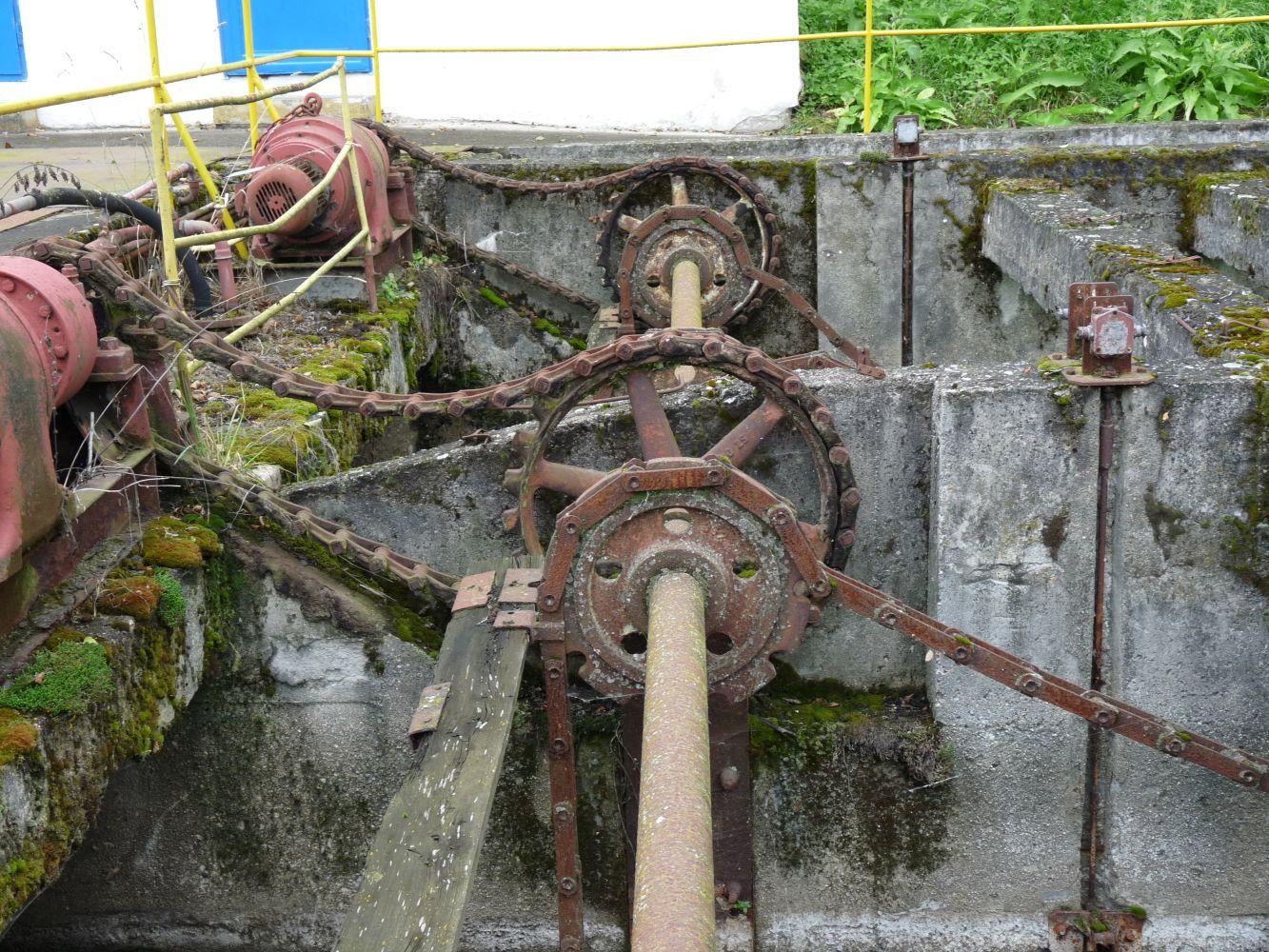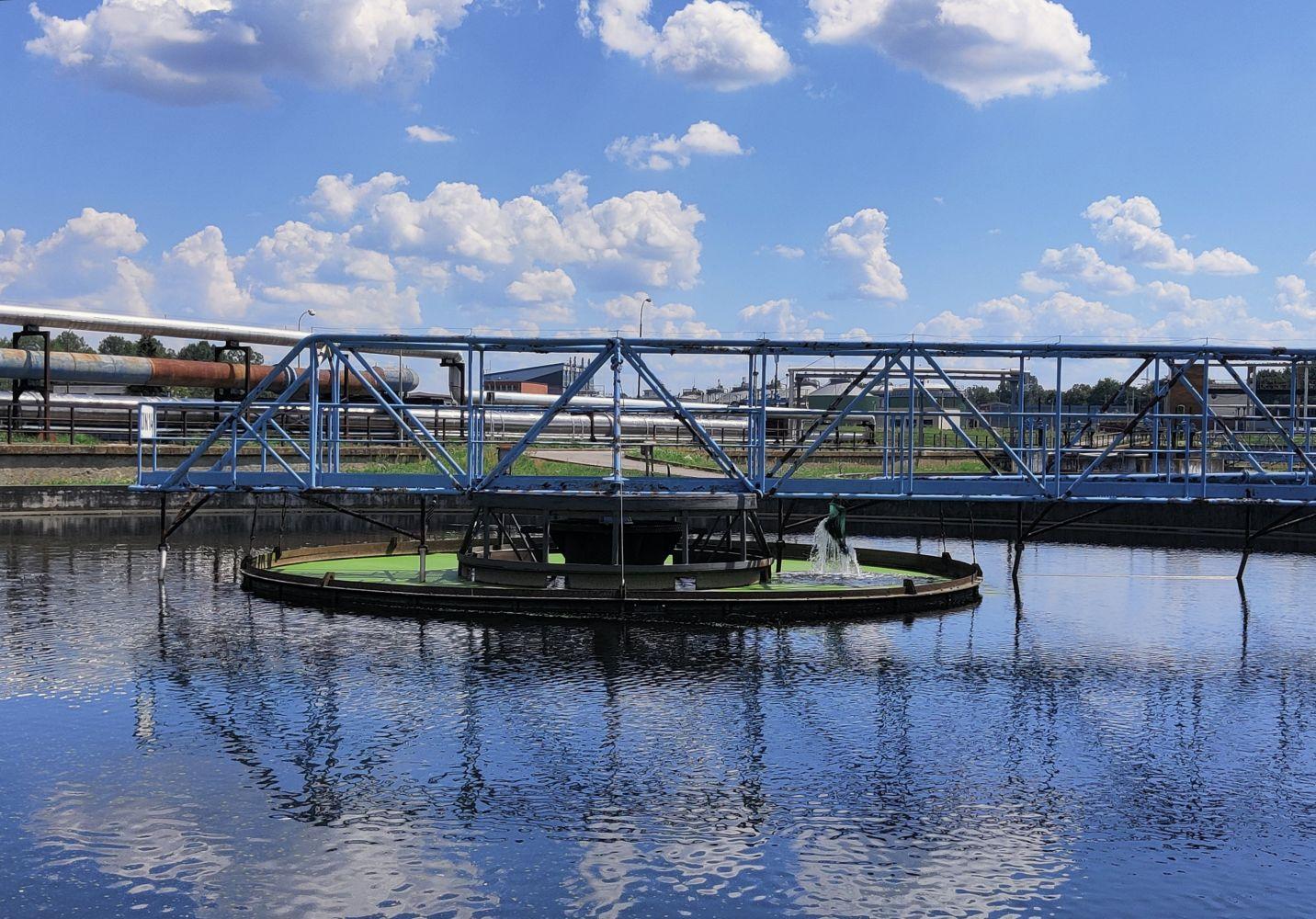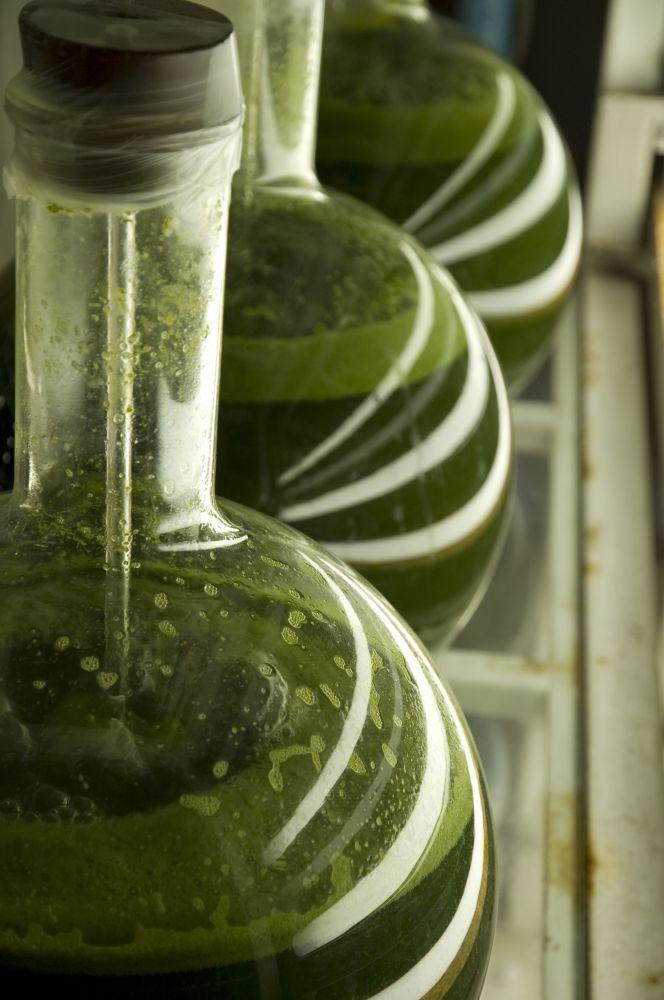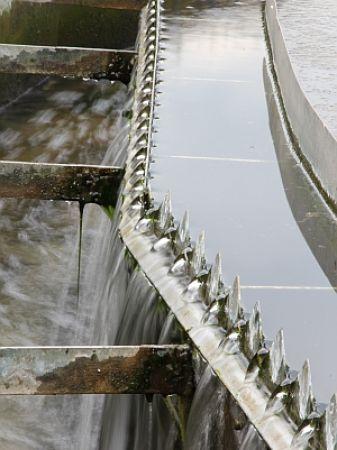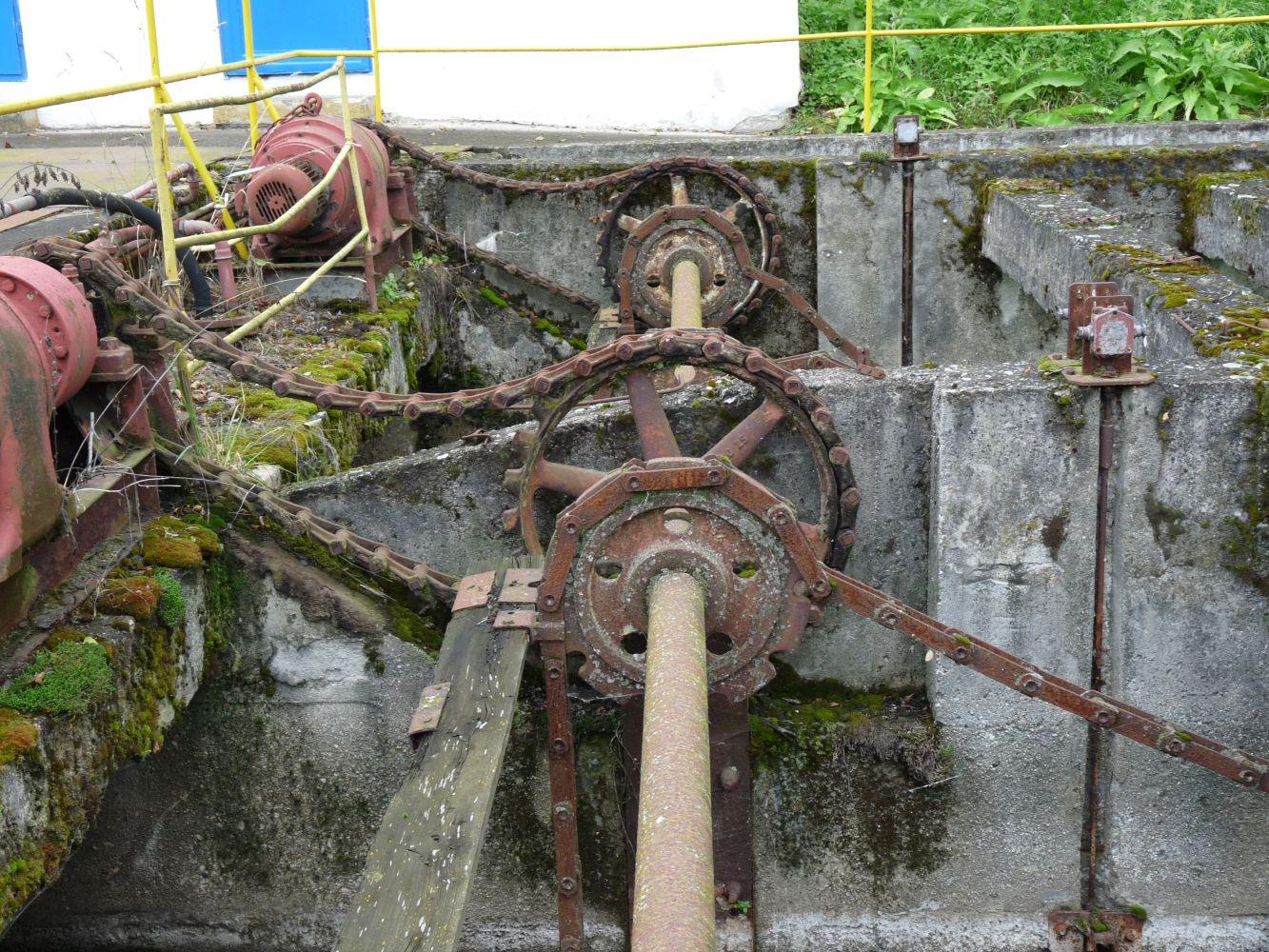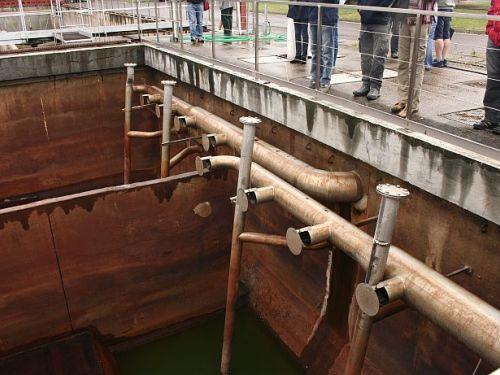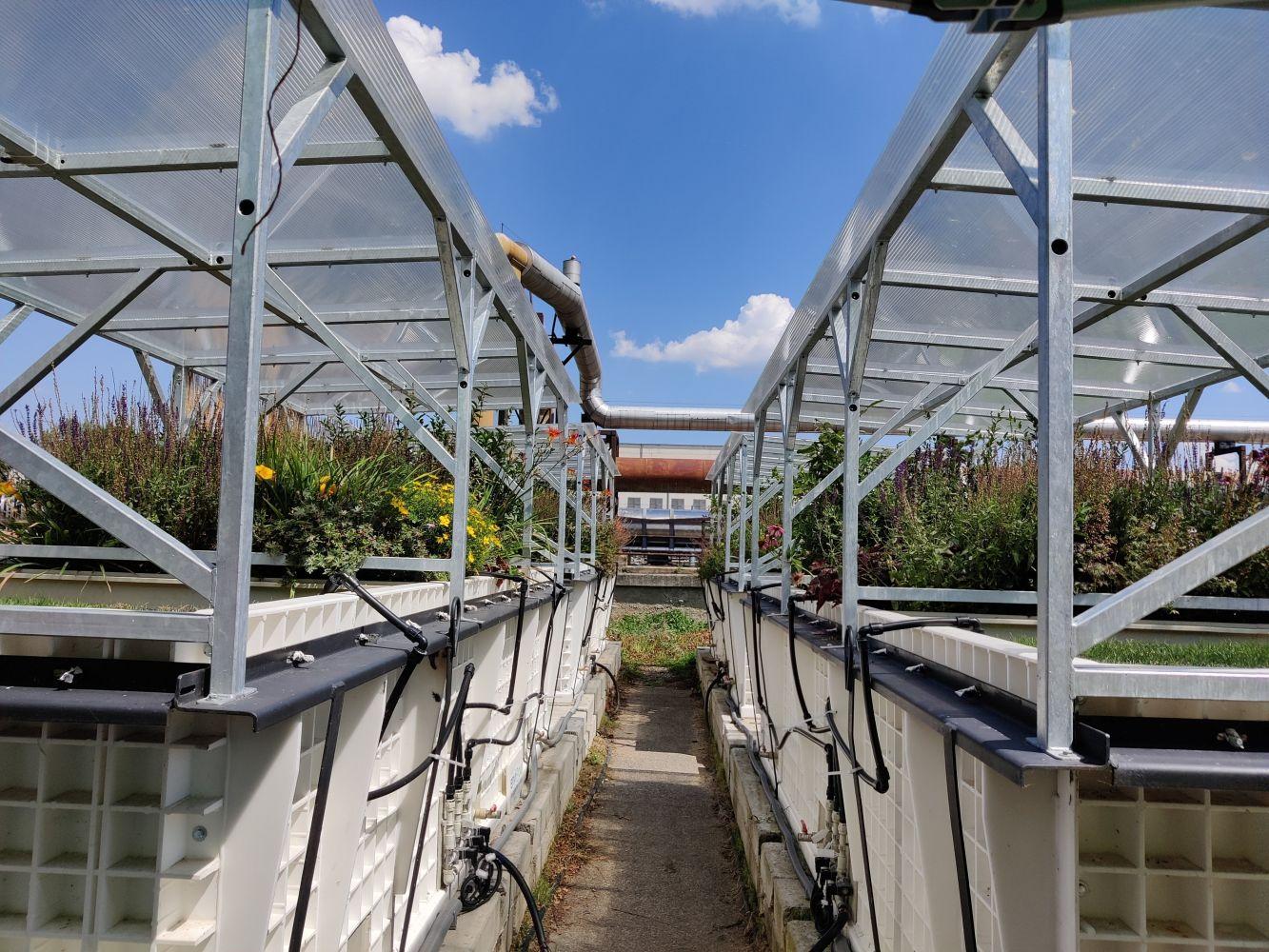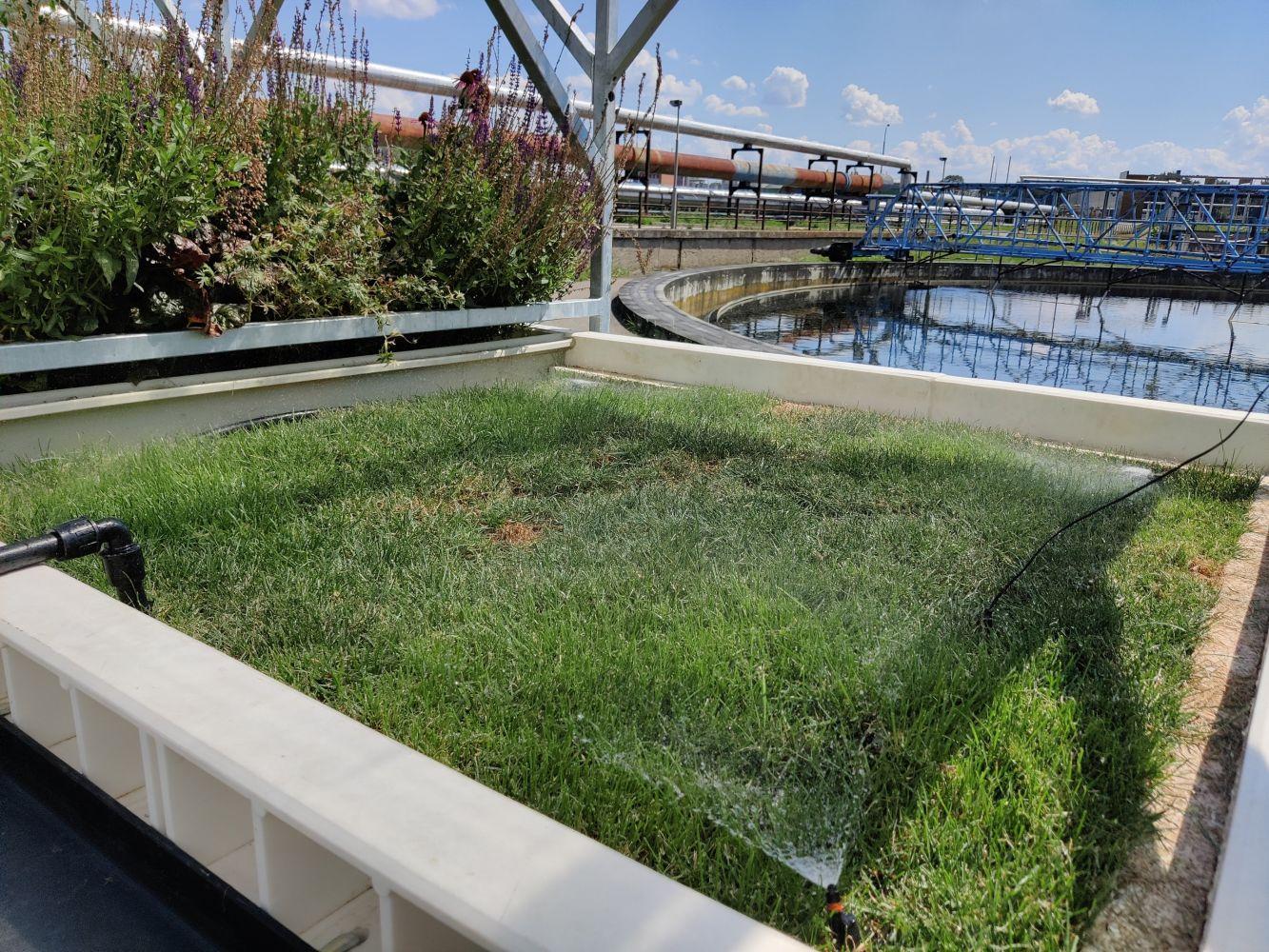The Biological Wastewater Treatment Group focuses primarily on issues related to municipal wastewater treatment plants from various perspectives. Key areas of work include the removal of nutrients—especially nitrogen and phosphorus—including different bioaugmentation strategies. A major part of the group’s activities involves analyzing sludge composition, with emphasis on its separation properties and the presence of specific metabolic groups of organisms. These analyses include molecular biology techniques such as FISH (Fluorescence In Situ Hybridization) and PCR-DGGE (Polymerase Chain Reaction – Denaturing Gradient Gel Electrophoresis). The group also engages in the development of mathematical models of wastewater treatment plants, evaluation of plant performance, and proposals for optimizing their control and operation.
Running projects
- KVARTERA: Inovativní technologie kvarterního čištění komunálních odpadních vod (TAČR PPŽ), 2024-2026, vedoucí projektu na VŠCHT Ing. Martin Pečenka, Ph.D.
- FOSFOR: Recyklace fosforu z kalové vody ve formě vhodné pro zemědělské využití (TAČR PPŽ), 2024-2026, vedoucí projektu na VŠCHT Ing. Martin Pečenka, Ph.D.
Analyses and other services for the public
Actual topics:
Nitrogen and Phosphorus Removal from Wastewater
The group has long focused on studying nitrification and denitrification processes. It has developed methods to measure the rates of these reactions and optimize their conditions. Research on nitrification included immobilizing slow-growing nitrifiers—ranging from biofilms (rotating disk reactors, foam carriers) to their encapsulation into suitable matrices. Based on population dynamics, a patented method for in situ bioaugmentation of nitrifying bacteria was created, proving highly effective. Cultivation conditions for denitrifying bacteria were also studied, and optimal substrates were selected to boost denitrification efficiency. Substantial improvements in process stability and effectiveness are achieved through precise measurement and control in activation systems. The group provides verified and patented control methods for both nitrification and denitrification.
In response to stricter limits on phosphorus concentrations in treatment plant effluents, the group has researched highly efficient phosphate removal via chemical precipitation in conjunction with biological processes, emphasizing potential recovery and reuse of phosphorus compounds. This research is closely tied to broader issues like nutrient runoff from diffuse pollution into surface waters. The group has contributed for several years to a project aimed at protecting the Švihov Water Reservoir on the Želivka River.
Microbial Community Analysis
Effective operation and management of biological treatment processes rely on understanding the composition of microbial communities—such as biofilms, activated sludge, and encapsulated cultures. For this, the group developed and implemented microscopic techniques using visible light (direct illumination, phase contrast) and UV light. They were the first in the Czech Republic to introduce molecular biology methods to identify organisms in activated sludge. Nowadays, primary and secondary nitrifying bacteria and filamentous microorganisms can be analyzed via FISH (Fluorescence In Situ Hybridization). FISH involves binding fluorescent-labeled probes to microbial nucleic acids, enabling rapid and highly specific identification directly in biomass samples. PCR combined with DGGE (Denaturing Gradient Gel Electrophoresis) is also being prepared for routine use. This method separates unique DNA segments corresponding to different microorganisms, allowing a more comprehensive biocenosis profile. Upon request, professional photo documentation from these analyses can be provided.
Activated Sludge Separation
Traditionally, the group addresses sedimentation control in activated sludge—using both biological methods (population dynamics) and chemical/physical approaches (oxidation, toxic stress, coagulation, selective disintegration). This includes proper design and dimensioning of settling tanks. With the rise of membrane technologies, the group has gained extensive theoretical and practical experience in sludge separation via membranes. Focus is placed on maximizing removal efficiency of organic and nitrogen pollutants and extending membrane bioreactor (MBR) filtration cycles. As with any filtration system, MBRs face membrane fouling. Understanding the mechanisms behind fouling—and finding ways to minimize its effects—is another core research area.
Autothermal Thermophilic Aerobic Stabilization of Biological Materials
Organic waste—such as excess sludge or food industry by-products—is increasingly problematic due to growing volumes and biological activity, compounded by stricter regulations. Higher standards for sludge stabilization and hygiene result in increased operational costs. Autothermal aerobic stabilization is an effective method for producing hygienically safe stabilized sludge. This method suits small wastewater treatment plants where anaerobic stabilization is uneconomical or transport costs to larger facilities are prohibitive. Process feasibility is enhanced by a newly patented aeration nozzle, enabling intensive oxygen delivery without cooling the sludge excessively. This innovation eliminates the need for expensive oxygen-based stabilization.
Water Reuse
Reusing treated wastewater reduces costs and makes treatment more economically viable—especially in regions facing water scarcity and rising drinking water prices. Water reuse is appropriate where potable water quality isn’t necessary or access to drinking water is limited. The quality of treated water varies depending on the treatment method, and each reuse application requires tailored safety criteria and risk assessments. Effective tertiary treatment techniques include chemical precipitation with physical separation (e.g. pressure flotation, sand filtration) combined with hygiene safeguards. Depending on the water source size, disinfection may use membrane filtration or UV light.
Use of Computational Tools for WWTP Design and Optimization
Development in water legislation has driven operators to explore new technologies and intensify operations. Mathematical modeling of wastewater treatment processes offers a powerful tool for designing or verifying selected systems. Unlike physical pilot models, simulations provide fast assessments and can predict plant behavior under changing conditions. With advances in computing, modeling of activation processes has become a key component in wastewater treatment—essential for designing, optimizing operations, and studying system dynamics. The group uses sophisticated simulation software to tackle complex challenges in designing and operating biological treatment systems.







